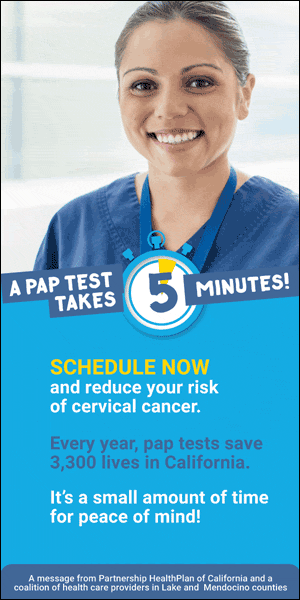

Standing in her kitchen, Therese Richardson is making her favorite recipe. “The honey dijon roasted pork tenderloin. I like that one,” the 50-year-old Indianapolis woman says.
Richardson has Diabetes type 2, and therefore cells in her own body are resistant to insulin, causing her glucose levels to increase. Eating vegetables and other healthy food helps her avoid serious complications – and lowers blood sugar levels.
“I didn’t like broccoli, however i needed the cheese onto it,” she says. “But if you cook it the right way with various recipes, I'm able to eat it with no cheese on it.”
Still, eating well is difficult because Richardson works within the Emergency Department at Indiana University Hospitals. Late night shifts and a stressful work environment have led her to go for unhealthy foods and unhealthy snacks.
Now she sets small goals. Now, it's reducing sugary drinks.
“Since I like pop so much, I can cut down on the number of I have and work my method to having diet pop,” she says. “But so far I’ve mixed them. So when I mix it, I put more diet inside it than I do regular.”
For others with diabetes, getting healthy food is a challenge for different reasons. Some can't afford it; others can't can get on.
“There are gone 720,000 individuals within the state of Indiana that live in food deserts,” says Unai Miguel Andres, a study analyst at the POLIS center.
He says Black Americans are more likely to live in a food desert. “So those are people that live farther than a single mile or 10 miles from the grocery store, depending on whether or not they live in an urban area or a rural area.”
One big reason behind these food deserts: Shop keepers locate where they are able to make the most money.
“We reside in a capitalist society where situations are driven through the market, that is fantastic for economic outputs, although not so great for human needs,” Andres says.
Missing out on healthy food can have a big impact – especially in the Black community.
The authorities says Black Americans are more likely to be identified as having diabetes. And they are more likely to be affected by diabetes-related lower limb amputations and end-stage kidney failure.
Health professionals will work to address that, but making progress is hard.
“So before we'd treating diabetes, including before we had insulin, the entire treatment was associated with the diet plan,” says Dr. Tamara Hannon, director of the clinical diabetes program at Riley Hospital for Children.
Clinic patients are asked if they have use of healthy food choices. But doctors can't solve such a big problem – and that's demoralizing.
Hannon notes that food is essential in preventing and controlling diabetes. “When someone involves speak with me about how they are able to improve their diet, improve their diabetes control – however they have limited access to well balanced meals, then it’s greatly a non-starter.”
One potential option would be materializing in downtown Indianapolis, where cardboard boxes are being loaded right into a van.
It's part of a new program called Fresh foods to You from Indiana University Health. It offers healthy food to diabetes patients who can't have it otherwise.
“They would start to get a fresh food box weekly, which may include about 40 meals once cooked,” says Jennifer Bradley, a registered dietician who manages the program. “So the intention with this particular is that we’re not only providing for that patient, but also for any family members that might accept the patient.
“Along with the fresh foods boxes, they're also accessing medical nutrition therapy sessions, which are taught by our diabetes educators. And those are now being done virtually.”
Richardson has already been seeing the effects in measuring her blood sugar levels.
“So I have what's promising that this part,” she says. Is a result of her hemoglobin A1C test, used to measure blood sugar, dropped from 9.3% to six.6%.
That's great news. This means she taking control of her health insurance and may even control her Type 2 diabetes if she keeps up.
This reporting is supported by the GBH Educational Foundation with the Corporation for Public Broadcasting.
This story was made by Side Effects Public Media, a news collaborative covering public health.













